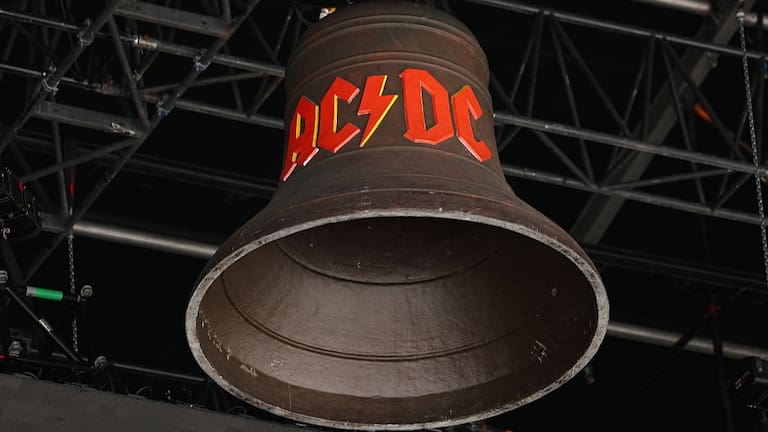A Government bill to bring in congestion charging passed its third reading in Parliament yesterday. Why is it happening – and how much could drivers end up paying?
Congestion pricing, or as it's now often called, time-of-use charging, has been floated and debated for years between multiple governments.
If implemented, the scheme, already used overseas, could charge drivers a toll at busy times for motorists to enter a downtown area, or just target busy roads and corridors.
Momentum has built in the past several years across the current coalition Government and previous Labour government to introduce congestion charging.

With the support of Government and Opposition parties, the legislation to enable congestion pricing passed its third reading in Parliament yesterday and will become law.
"The Government has signalled that Auckland Council will be the first local authority the government will look to partner with, given the importance of Auckland to the national economy," said Transport Minister Chris Bishop.
"I am really pleased that the legislation to allow the establishment of time-of-use charging schemes passed Parliament unanimously.

"After years of discussion, it is great to see that all of Parliament is up for reducing congestion and improving productivity."
Where will congestion charges be first?
Auckland has been the most eager to get time-of-use charging, but Wellington has also previously expressed interest in potentially adopting a scheme.

Auckland Mayor Wayne Brown has been a fervent advocate for its introduction, arguing it was a practical solution to increase the city's economic prosperity.
"We can just discourage a few people by charging them, people only ever move because of money or fear – being kind doesn't work – so the idea is to do that," he said last year.
His council has already analysed what corridors would be best to charge drivers on. Advice provided to the Auckland Council showed a range of options were being considered for how the scheme would work.
Most concentrated on access to the city centre or access paths around the city centre, such as on nearby motorway corridors.

When will the charges start?
A scheme could come into force as soon as next year in Auckland, but the timeline will still depend on how quickly new technology needed for the system will be built out.
It will also depend on how local consultation on schemes goes, which is mandated as part of the legislation for congestion charging.
How much could people be charged?
While the newest legislation to enable congestion charging has been passed by the Government, the scheme has been designed to delegate responsibility for proposing pricing and route selection to local councils.
Local schemes will be jointly developed with NZTA.

All schemes will also still have to be approved by the transport minister of the day. That means the government will still have the final say over whether schemes go into force.
Brown has previously floated one-way charges of between $3.50 and $5 in Auckland, with potential discounts and exemptions for lower-income drivers or other groups.
Overseas schemes, such as those in New York, charge up to NZ$16.
However, behind the figure, the cost of the charge is mainly intended to be set at a level that discourages enough people from driving where the roads need to flow more freely.
Why will drivers have to pay to use the roads?
Road pricing charges drivers a fee to use certain roads during busy, congested periods.
The core idea is simple: When driving is free, too many people choose to drive at the same time, creating traffic jams that make travel times hard to rely on.

By putting a price on road use – especially during rush hour – cities encourage some of the people on the road to travel at different times, take public transport, or carpool, spreading out the traffic more evenly in the day.
Some people may instead not travel at all. The money raised by the charges can then also be used to fund local transport improvements.
The system has been proven in other case study cities to reduce congestion, improve traffic speeds, and to make travel times more reliably predictable, but it comes at a cost of being highly controversial when being first introduced.
What are the concerns?
The biggest concerns are focused on equity and fairness.
Critics worry that road pricing could create a two-tier system where wealthier drivers can afford to pay for a faster commute while lower-income workers are forced to take longer routes or travel at less convenient times.

Others have said congestion charges could prove another barrier for people with disabilities or different mobility needs. Women could be more affected too, as they are more likely to be in caregiving roles for both children and older relatives, and therefore having to make more trips that are difficult to do via public transport.
There are also concerns that a poorly-designed scheme may end up driving traffic onto the closest non-tolled diversions – effectively incentivising drivers to do more rat-runs.
The quality of public transport was also a key concern with many questioning its viability as a suitable replacement for many car trips.
Enforcement for a scheme would likely be carried out by licence plate recognition cameras, which has also raised worries from mass surveillance critics.
How have they worked out overseas?
Auckland's mayor told 1News last year: "What we are talking about is a time of use charging, which is what a lot of people call congestion charging in other places.

"It's very well known. It's not a surprisingly new thing. You're just encouraging people to change their day a bit or do something differently — or better still, get on a bus.
He added: "We've got lots and lots of buses that will take more people."
Singapore introduced congestion charging in 1975, with the idea eventually catching on in cities such as London, Milan and Stockholm. The most recent large authority to introduce a system was New York City, where a "congestion relief zone" began in January.
Officials in New York have touted success with early research suggesting that the charges have successfully reduced travel times. But critics include US President Donald Trump who has repeatedly vowed to repeal the scheme entirely.




















SHARE ME